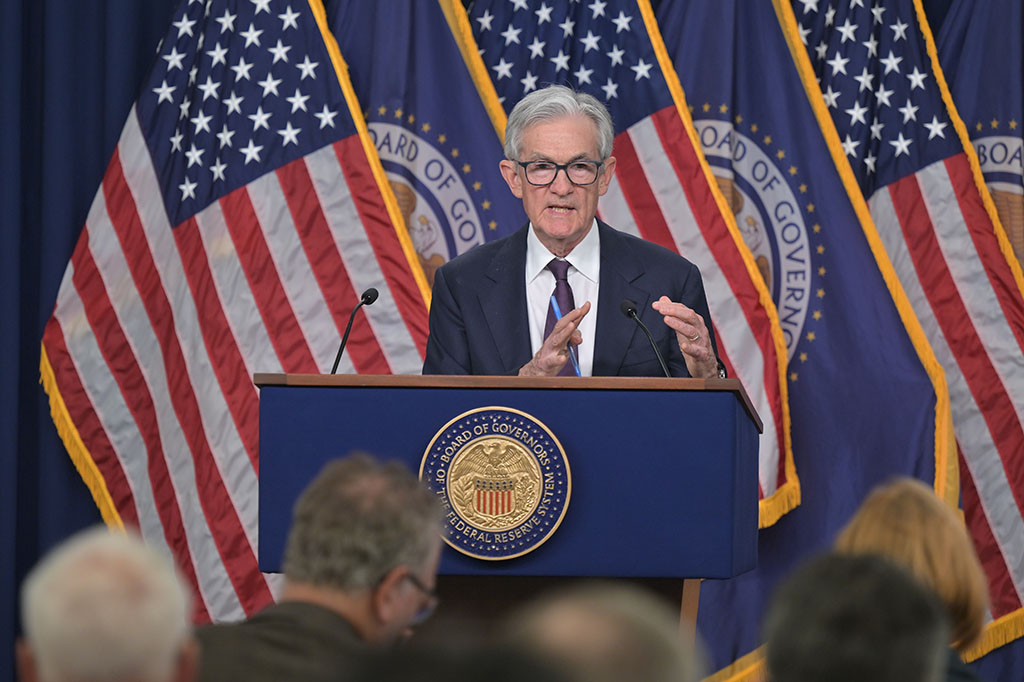.png)

Groupthink is the House View of BasisPoint’s in-house columnists.
August 22, 2025 at 4:41 PM IST
Federal Reserve Chair Jerome Powell used his Jackson Hole speech to signal that the central bank is preparing to cut rates in September. Markets welcomed the prospect, with equities rising and yields slipping. Yet the cheer masked the harder message: the Fed is trying to hold its footing on narrowing ground, with rising job market risks on one side and persistent inflation on the other.
Powell described the labour market as in a “curious kind of balance,” shaped by a simultaneous slowdown in both demand for and supply of workers. That dynamic has dulled the hiring engine that powered the post-pandemic rebound, leaving employment more exposed to sudden shocks.
At the same time, President Donald Trump’s sweeping tariff surcharges threaten to lift prices again just as inflation was easing.
Delicate Trade-offs
The Fed’s dual mandate obliges it to weigh both sides of the risk equation. On one hand, rising unemployment could weaken household demand and tip the economy toward a broader slowdown. On the other, higher import prices from tariffs could entrench inflation, undoing progress made in the past year. Powell’s speech made clear that the Fed is trying to strike a balance between the two, neither rushing into a deep easing cycle nor ignoring the warning signs in the labour market.
He vowed not to let inflationary expectations surge even if tariffs drive up inflation in one-time adjustments but spread over time.
That cautious positioning sits uneasily against the backdrop of political pressure.
Trump has demanded larger and faster rate cuts, and Treasury Secretary Scott Bessent has argued openly for a more aggressive stance. For Powell, yielding to that pressure would carry reputational costs. Central bank independence is harder to assert when the White House is vocal about its expectations. A modest cut in September may temporarily quiet critics, but it will not resolve the larger debate over how much support the economy needs.
Credibility At Stake
Markets may have treated Powell’s remarks as reassurance, but they were in truth an admission of how limited the Fed’s room for manoeuvre has become. The central bank is being asked to deliver price stability and full employment in an environment shaped by trade protection, fiscal activism and global uncertainty.
If the Fed cuts too soon and inflation lingers, its credibility will be questioned. If it waits and the labour market cracks, it will be accused of timidity. Powell acknowledged that there is no preset course, only a constant recalibration of risks. The analytics of his speech matter more than the political noise.
In effect, Powell told markets that the Fed remains watchful and responsive, not captive to either inflation hawks or political doves. That stance may disappoint those hoping for a bold shift, but it is the only way to safeguard credibility. A single cut may buy some peace, but the real challenge is keeping the world’s most powerful central bank on balance in a landscape where any misstep could prove costly.




